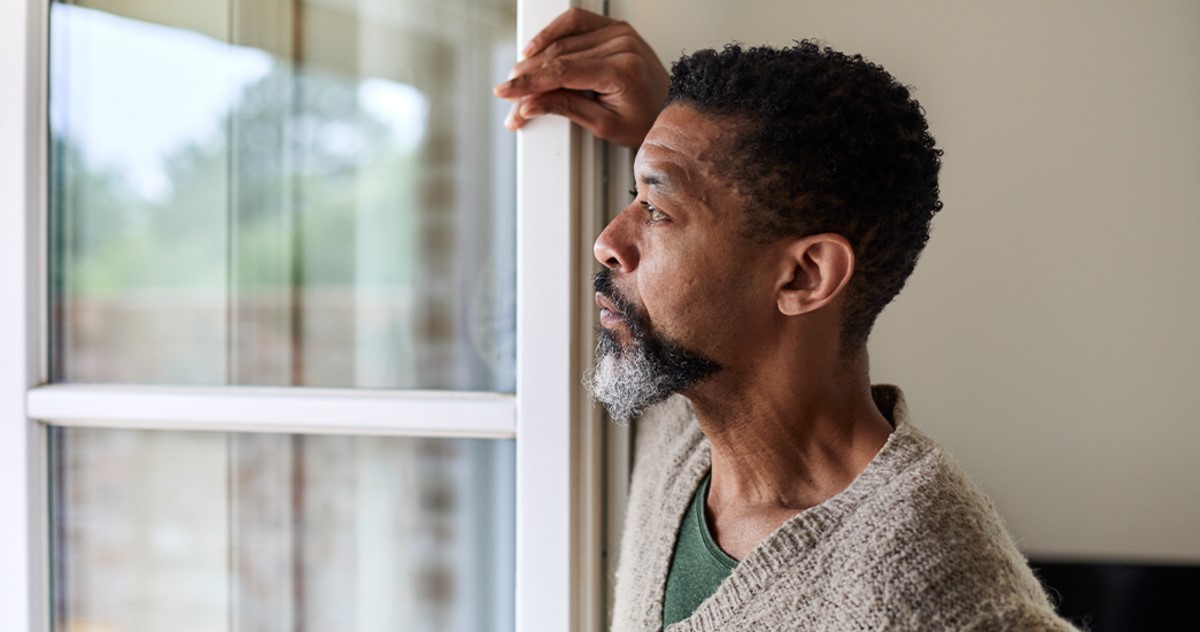
Published December 2020
On any given year, approximately three million Americans struggle with seasonal affective disorder (SAD). But even post-pandemic, the population struggling with SAD could be much higher.
Though many American adults have struggled with mental health at some point this year, the weather has allowed some relief, with plenty of sunlight and days ripe for safer, outdoor activities and exercise. But as the season starts to shift, monitoring and recognizing changes in mental health is more important than ever.
Here are the basics of SAD, how to recognize if you or a loved one is experiencing it, and what to do this year to help:
What is SAD?
Seasonal affective disorder (SAD) is a type of depression that’s related to changes in seasons, beginning and ending at about the same time very year. If you’re like most people with SAD, your symptoms start in the fall and continue into the winter months, sapping your energy and making you feel moody.
How can you recognize the signs
In most cases, those seasonal affective disorder symptoms go away during the sunnier days of spring and summer, but here’s what to look out for now:
- Feeling depressed most of the day, nearly every day
- Losing interest in activities you once enjoyed
- Having low energy
- Having problems with sleeping
- Experiencing changes in your appetite or weight
- Feeling sluggish or agitated
- Having difficulty concentrating
- Feeling hopeless, worthless or guilty
- Having frequent thoughts of death or suicide
Why does it happen?
Sunlight can help regulate key hormones in your body that manage mood and energy: serotonin (mood) and melatonin (energy). For many who experience SAD, the lack of sunlight can cause a decrease in positive mood hormones and an increase in hormones that make you tired. In a time where many are working from home or spending less time outside commuting into an office, walking for lunch or getting coffee, it’s especially easy to get even less sunlight.
What to do about SAD?
As the weather grows colder, and days grow shorter and darker, it’s important to monitor your own mental health and those around you, including teens and children. There are many things you can do to help prevent and manage SAD:
- Engage in safe social activities, like going for an outdoor walk on a sunny day or attending virtual office events.
- Block time off during the day to get outside.
- Keep your mind busy with hobbies, stimulating activities and even comedic shows or books.
- Get out when you can to see your town’s holiday decorations or local landscapes.
- Maximize light in your house and consider a “happy light” to help regulate your hormones.
Self-care options alone may not work for you or your loved one. Learn about behavioral health conditions and care options, and talk to your doctor if exploring professional support could be right for you.
To confirm eligibility for any programs or services mentioned in this article as it relates to your specific health plan, please reach out to your account executive or HR benefits team. You may also speak to our member services team at (888)-333-4742 or by sending a secure email. And for plan details and other member resources, log in to the member portal.